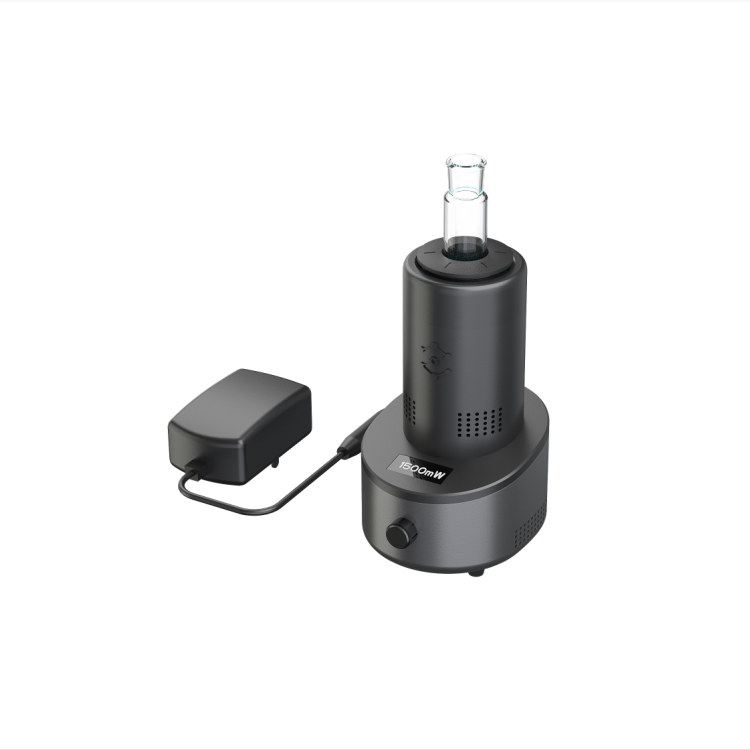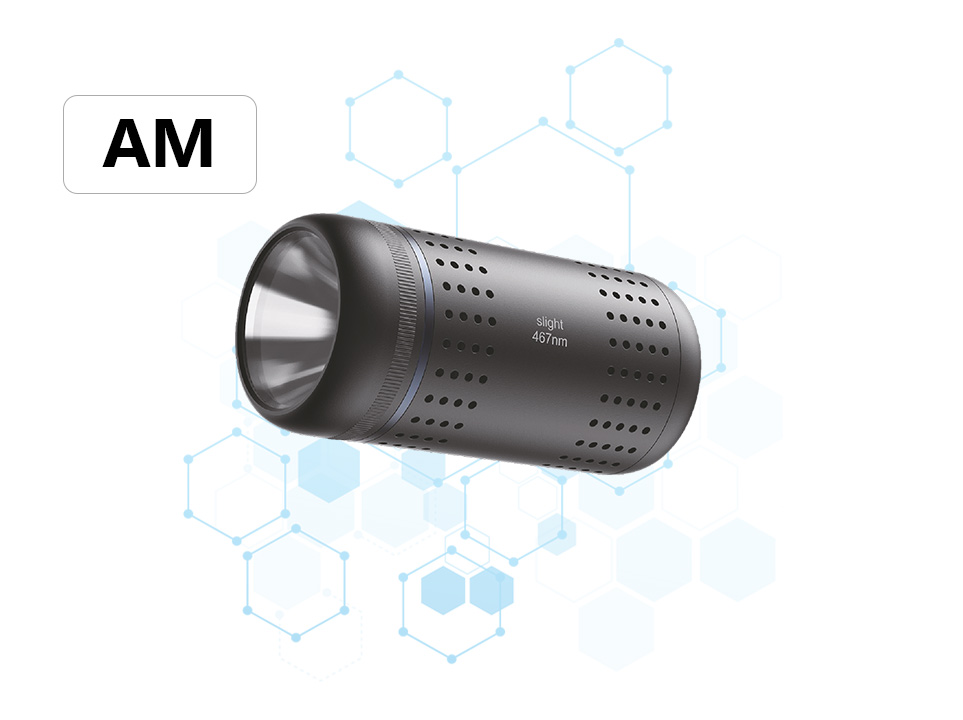Product Features and Advantages of 3S Technology Single-Station Photoreactor AS

Product Features
Full-Spectrum Light Source Coverage:
Offers deep UV (250~365 nm) and visible/near-infrared (365~975 nm) wavelengths to cater to a variety of photochemical reaction needs.
Can be adapted to different experimental requirements by choosing either the "A" model or the "V" model.
Intelligent Adjustment and User-Friendly Operation:
Light intensity can be precisely adjusted within a range of ±10 mW, with a minimum adjustment unit of 10 mW, ensuring accurate control of experimental conditions.
Its sleek design, one-button operation, and intelligent features greatly simplify experimental procedures.
Compatibility with Various Reaction Containers:
Compatible with NMR tubes, 5/10/20 mL reaction vials, and 25/50/100 mL reaction tubes, meeting diverse experimental needs.
Customization is available for other sizes of reaction containers, enhancing experimental flexibility.
Efficient Heat Dissipation and Stable Operation:
Equipped with an intelligent air-cooling system to maintain stable temperature during prolonged operation, thereby extending the instrument's lifespan.
Space-Saving and Portable:
Compact design saves experimental space.
With a body weight of only 3.1 kg, it is easy to move and carry, suitable for use in different laboratories or field environments.
Product Advantages
Flexibility:
Can be used independently as a single reactor or in conjunction with commonly used stirrers to instantly convert into a parallel photoreactor.
The optionally available multi-stirrer TS-D can be freely assembled, further enhancing experimental flexibility and efficiency.
Precision Control:
Through precise adjustment of light intensity and wavelength, it achieves precise control of photochemical reaction conditions, enhancing experimental accuracy and reliability.
Durability:
High-quality materials and exquisite craftsmanship ensure the instrument's durability and stability, extending its service life.
Versatility:
Applicable to various photochemical reaction research and applications, such as organic synthesis, photocatalysis, material modification, and other fields.





